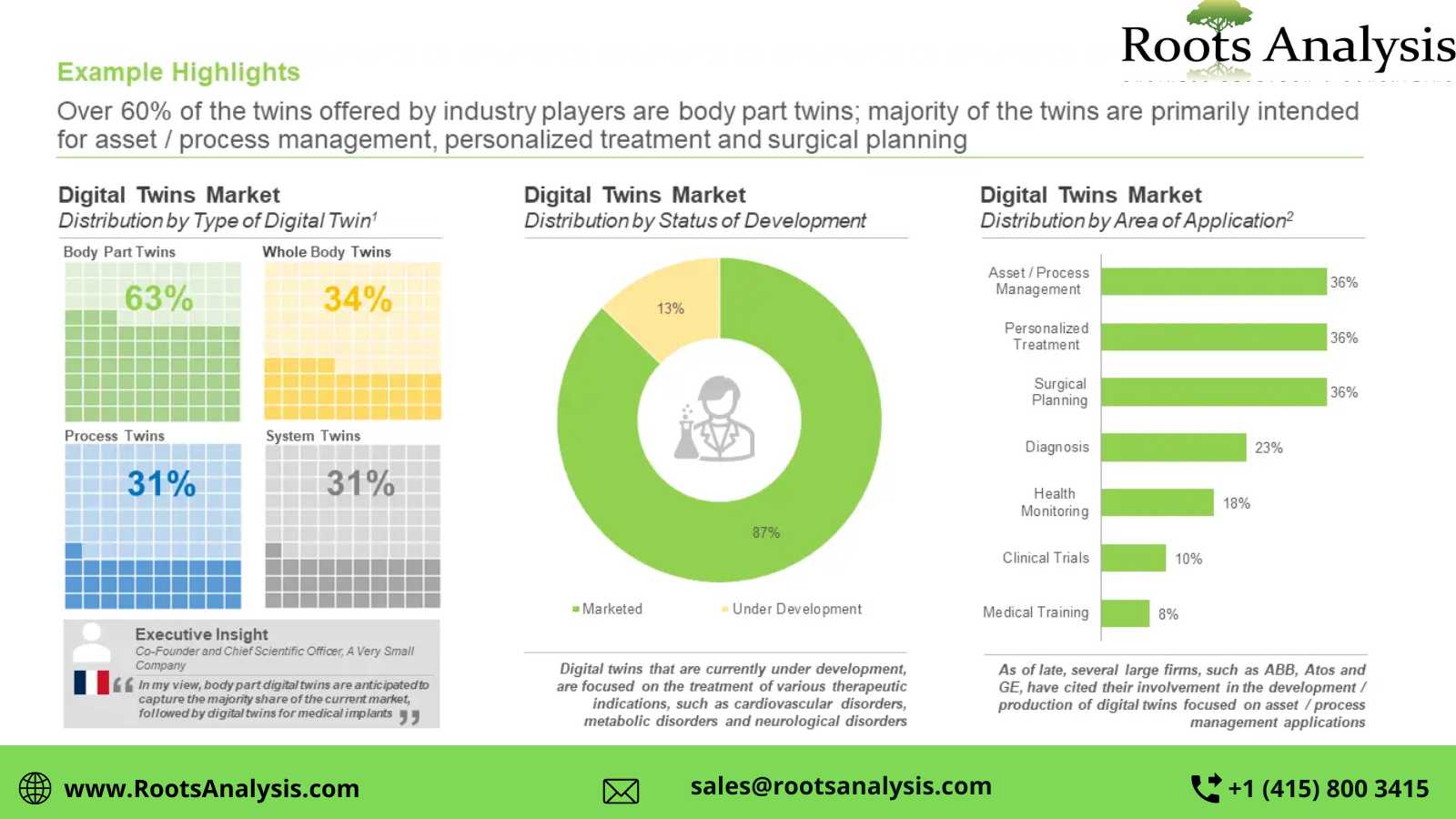Unlocking the Potential of Digital Twins in Healthcare: Benefits, Challenges and Opportunities
The application of digital twins in healthcare has the potential to revolutionize patient care, improve clinical outcomes, and reduce costs.
Digital twins, or virtual replicas of physical objects and environments, are being used in many different industries, and healthcare is no exception. In healthcare, these can be used to provide better patient monitoring, improve remote care, and create personalized treatments.
What is a Digital Twin?
Digital twins are virtual representations of real-world objects. A digital twin is a piece of equipment, for example, may have the same functionality as the physical counterpart. Digital twins can be created using a wide range of data sources, such as sensors, models, and images. In the context of healthcare, these technologies can include the full representation of a patient’s medical history, symptoms, current treatment, and even biometric data, such as blood pressure and heart rate.
Benefits Associated with The Use of Digital Twins
Digital twins offer many benefits to the healthcare industry. In the following sections, we explore the top three benefits offered by digital twin technologies.
• Real-Time Data Access – While physical objects can be monitored and controlled, the data is often delayed. A digital twin, on the other hand, can be almost immediately updated with data. This means that healthcare providers can see and respond to real-time changes / real world evidence and abnormalities.
• Improved Remote Care – Remote care is when healthcare is provided to patients who are not physically in a healthcare facility. Remote care is growing in popularity, but it comes with several challenges, such as a lack of real-time data and an inability to supervise the patient. Digital twins can help with these challenges by providing real-time data and allowing healthcare providers to view the patient remotely (telemedicine support).
Disadvantages Associated with The Use of Digital Twins
For all the benefits of digital twins, there are still some challenges that need to be addressed. In the following sections, we explore the top three challenges.
• Difficulty in Adoption – Digital twins have been in use since the early 2000s, but they have only recently started to be used in healthcare. This is largely due to the fact that digital twins have been primarily used in industrial settings and that the concept has been hard for healthcare providers to grasp. While many find the concept of a digital twin attractive, it has been challenging for healthcare providers to adopt the concept.
• Possibility of False Information – When data is fed into a digital twin, it can be inaccurate or incomplete. This can lead to incorrect findings and incorrect treatment plans. However, there are some efforts underway to solve this problem. One approach is to make the data used to create the digital twin as accurate as possible. Another approach is to let the digital twin correct itself based on new data.
Future Perspectives
In the following sections, we explore three ways in which the use of digital twins in healthcare can be improved.
• Better Adoption Rates – With better adoption rates, healthcare providers will be able to use digital twins to their full potential. With the help of vendors and organizations, such as the Industrial Internet Consortium, healthcare providers can be better informed about the advantages of digital twins.
Despite their immense rise in popularity, digital twins still have some issues that need to be resolved. As such, there are some ways in which the use of digital twins in healthcare can be improved.
For additional details, please visit https://www.rootsanalysis.com/....blog/digital-twins-i
You may also be interested in the following titles:
1. Smart Labels Market: Industry Trends and Global Forecasts, 2022-2035
2. AI-based Digital Pathology / AI Pathology Market: Industry Trends and Global Forecasts, 2022-2035
About Roots Analysis
Roots Analysis is a global leader in the pharma / biotech market research. Having worked with over 750 clients worldwide, including Fortune 500 companies, start-ups, academia, venture capitalists and strategic investors for more than a decade, we offer a highly analytical / data-driven perspective to a network of over 450,000 senior industry stakeholders looking for credible market insights.
Contact:
Ben Johnson
+1 (415) 800 3415
[email protected]
